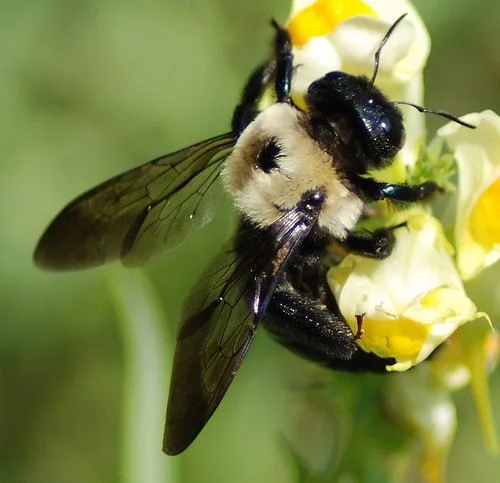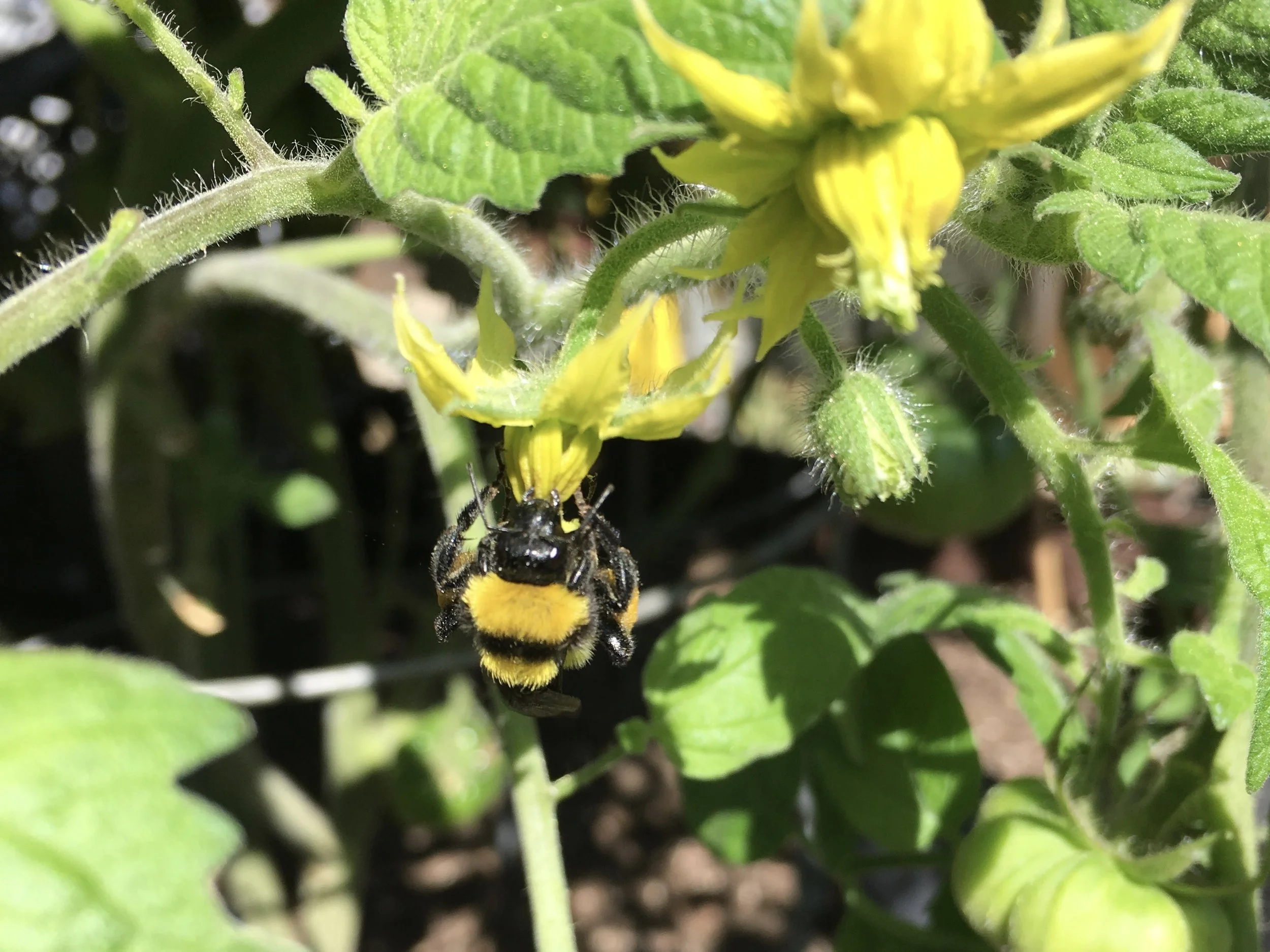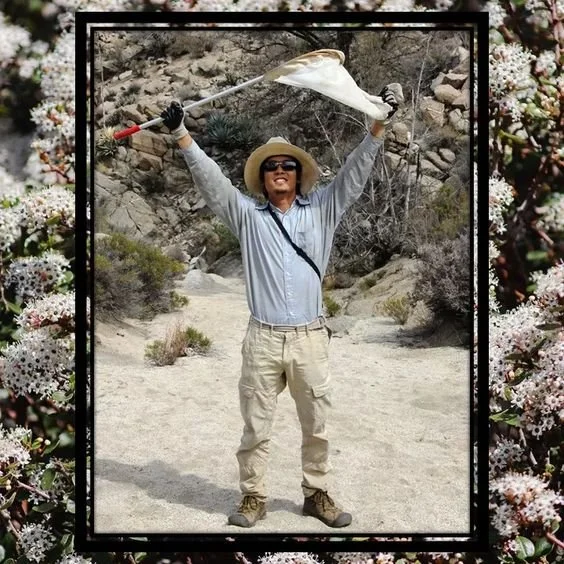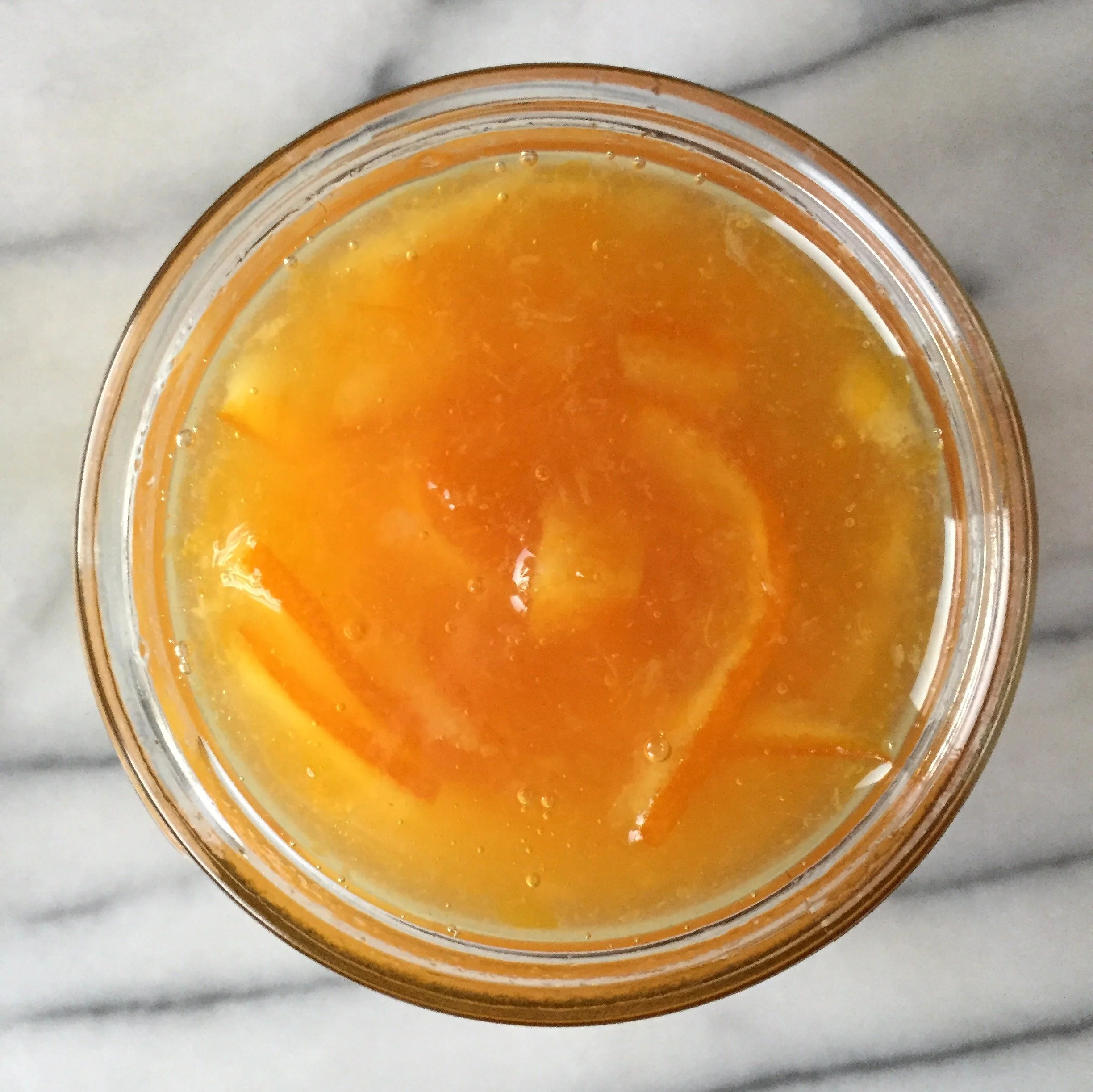Native Bees Part 1
"The hum of bees is the voice of the garden." Elizabeth Lawrence
San Diego County, where I live and garden, is home to over 650 species of native bees—the highest diversity of native bees anywhere in the continental United States. The thumbnail above is a carpenter bee native to my region.
Native bees are those that have always lived in an area and are able to survive without help from humans. These bees don't make honey or beeswax that we can use, but they do pollinate many of our plants and food crops. They do this so much that they are called the "super pollinators." (From the San Diego Zoo website)
I see many native bees in my garden and also their nests in bare, sandy soil. Only recently did the iNaturalist app on my phone help me identify the White-bowed Smoothwing (Scaeva affinis). The app records your observations and then crowdsources with experts to identify the organisms observed. Use of the app generates useful data for scientists and you can become a citizen scientist.
This is how I will identify native bees in my garden—when I can do a photo capture.
The UC Berkeley Urban Bee Lab website has extensive resources to learn more about California native bees. They identify common bee groups in California, including:
APIDAE (Cuckoo, Digger, Carpenter, Bumble, and Honey Bees)
COLLETIDAE (Membrane Bees) ANDRENIDAE (Mining Bees)
HALICTIDAE (Sweat Bees) MEGACHILIDAE (Leafcutting, Mason, Cotton Bees)
From Bees: How Diverse Can They Be? on the UC Berkeley Urban Bee Lab website.
When one thinks about bees, they typically think about the honey bee or bumble bee. These two bees actually represent only a very small fraction of the diversity of bees in the world. Locally, in California we have about 1,600 species of native bees, some social, but most are solitary. Their nest making strategies or behaviors usually partially describe each of the 1,600 bee species. Read more
Bombus sonorus in my vegetable garden. Read more about this species at this link.
Do an internet search of “native bees” and your state or region to find out more about these important pollinators.
In my next post—Native Bees Part 2, I’ll link to two talks by Dr. James Hung, an expert on native bees in San Diego County.
The iNaturalist app works on all your devices and is available in the App Store and Google Play.






